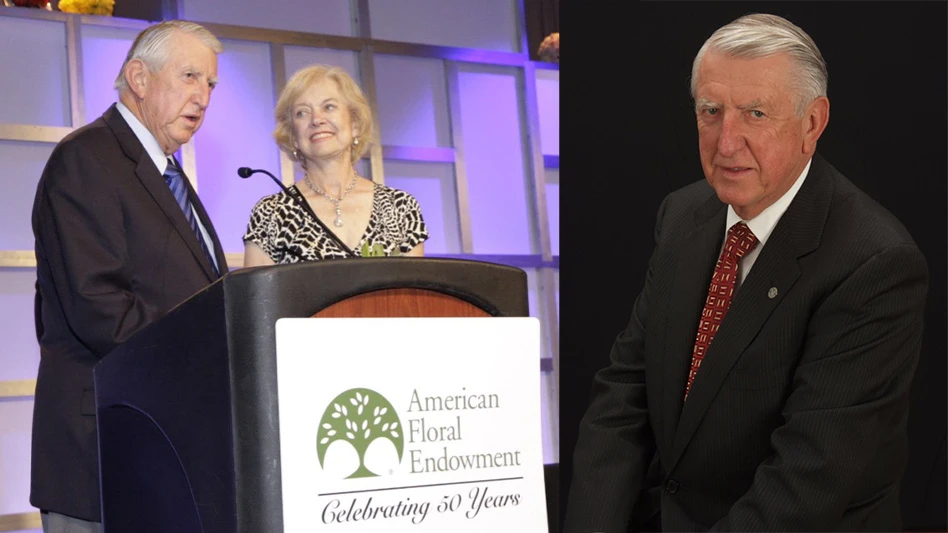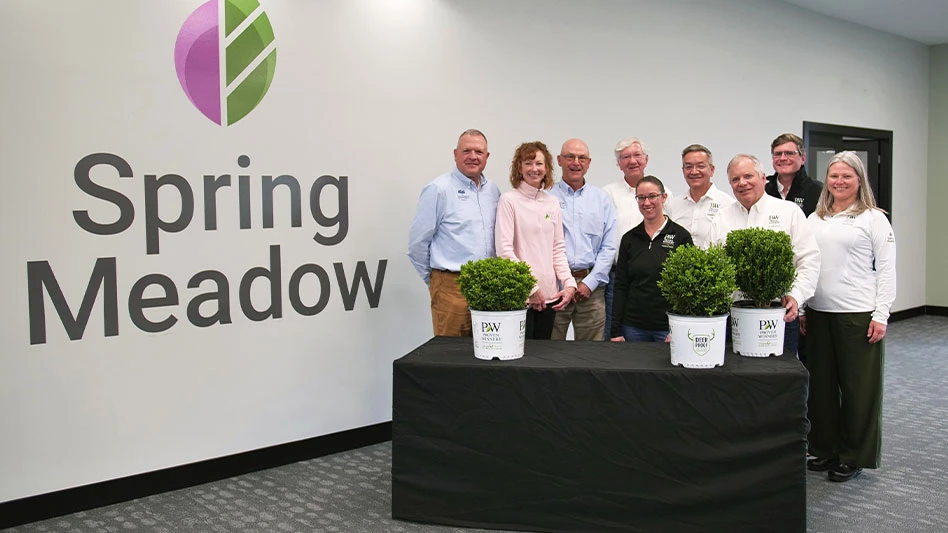
Photo: Pat Reilly
Matt McClellan: You’re a horticultural outreach specialist. What does that entail?
Pat Reilly: What that means is when the receptionist or the sales reps or anybody gets a question from a homeowner or landscape professional, they’ll forward that call or email to me. Then I go through the whole troubleshooting process with the customer to get them to a reasonable solution, something they’re likely to implement.
MM: How do you determine what type of solution will work for each customer’s problem?
PR: You’ve got to feel that out through talking with them and finding out their capabilities and tolerance. A lot of the time it just boils down to picking the right plant for the spot. You figure out if they’re watering correctly and a little bit about the soil conditions, but you get past that and a lot of times it’s not that devastating disease that they anticipated it was going to be.
MM: How did you become equipped to handle this job?
PR: I came out of a degree in history and German, and I fell into manufacturing. When I was young growing up, females of my age were either going to be nurses or teachers. Kids smell the fear and come in for the kill, and I can’t stand blood. So what was I going to do? I’d always had an eye toward gardening. I was an army brat, so we didn’t really ever have property of our own and moved around a lot. Until I took a Master Gardener training class and started volunteering. Of course, the big part of that is answering plant questions. So I became the coordinator for a county’s Master Gardeners with extension and honed my skills that way. I also worked for a garden center in Northern Virginia helping people select plants as well as all the volunteer work. At some point, the passion in what I was doing as a volunteer spilled over into what I was getting paid to do.
I knew of (NewGen program manager) Holly Scoggins, so when she was looking for someone to handle that kind of work, I got the job. She also introduced me at MANTS to the American Boxwood Society. They were looking for an executive director with a lot of experience with nonprofit management, so I started working with them.
MM: How do those two roles complement each other?
PR: First of all, boxwood (laughs). With Saunders and NewGen, I answer all kinds of questions. The American Boxwood Society is the more of the passion and plant side of it — the volunteer management of a nonprofit organization. I’m pretty well-versed in that through my extension experience and now trying to herd cats with another nonprofit.
MM: How does your outreach role support Saunders Brothers as a grower?
PR: Oh my gosh, they get all these questions. And it takes time to tease the information out of someone. You don’t want to make them feel like ‘Oh my gosh, I didn’t water?’ You say ‘Water is part of the equation’ and word it that way. But it takes time to do that and frankly, those folks just don’t have a whole lot of time for that. Most of them like to relate to the customer and help them out, but at some point, you’re looking at reports, you’re looking at schedules and you’re thinking ‘I really need somebody to answer this for me.’
MM: What would you say you derive the greatest satisfaction from in your careers?
PR: Knowing somebody is going to be successful in their garden and gain the benefits of having their hands in the dirt, the biophilic effect.
Get curated news on YOUR industry.
Enter your email to receive our newsletters.
Explore the April 2025 Issue
Check out more from this issue and find your next story to read.
Latest from Nursery Management
- The HC Companies, Classic Home & Garden merge as Growscape
- Terra Nova releases new echinacea variety, 'Fringe Festival'
- Eason Horticultural Resources will now officially be known as EHR
- BioWorks receives EPA approval for new biological insecticide for thrips, aphids, whiteflies
- Ellen Mackenbach-Lakeman appointed new CEO of Dümmen Orange
- The Growth Industry Episode 3: Across the Pond with Neville Stein
- Southern Garden Tour sets 2025 dates for trial garden open houses
- New book explores plants that thrive in Rocky Mountains





